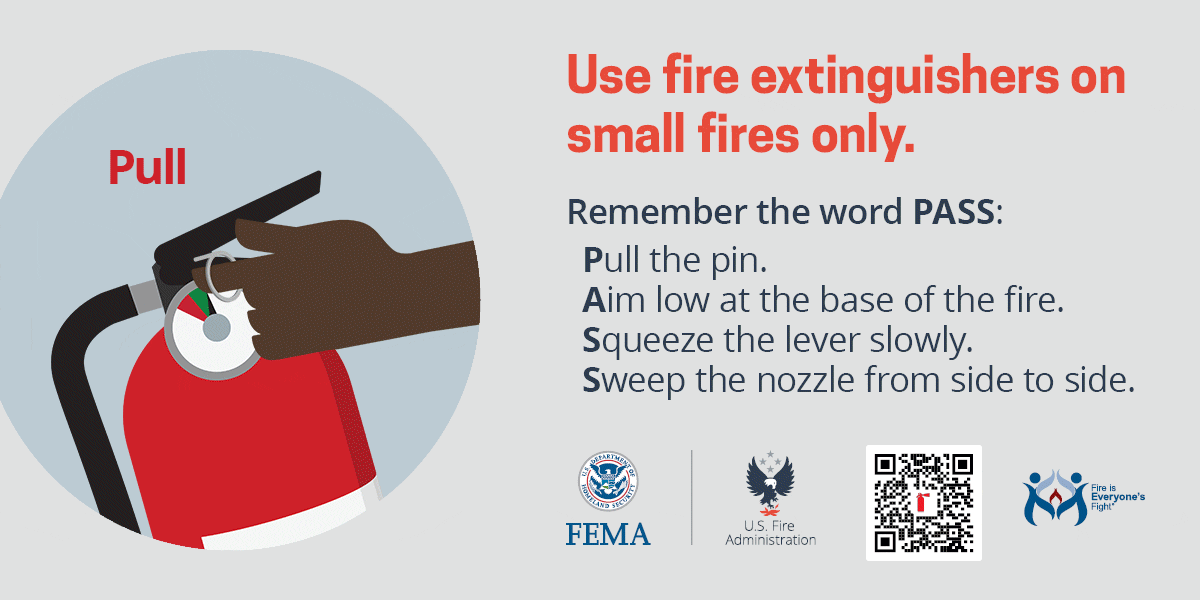Webinar: Protecting Houses of Worship From Arson
The U.S. Fire Administration, in collaboration with the National Volunteer Fire Council and Cybersecurity and Infrastructure Security Agency (CISA), hosted an Arson Awareness Week webinar. The webinar shares historical aspects of fires involving houses of worship, considerations of best security practices, and ways to work together with your local religious communities to help prevent intentional acts of violence.
USFA course offerings
The USFA’s National Fire Academy offers training for developing community risk assessment processes. The NFA Online self-study courses are free to fire and emergency services personnel, and international students are welcome.
Introduction to Community Risk Assessment (Q0843) is a new, online, self-study course that empowers the learner with a foundational understanding of the components, benefits and processes of conducting risk assessments. As a prerequisite to the NFA risk reduction program pathway, this course brings all students to the same level of understanding about risk assessments as they progress into more advanced courses. This course uses realistic scenarios to expose students to real-life situations. Students can expect to receive a foundation in vocabulary, working with demographic and community data, and interacting with stakeholders.
Introduction to Strategic Community Risk Reduction (Q0841) is a new, online, self-study course that empowers the learner with an understanding of what constitutes strategic community risk reduction (CRR). Students explore the history and evolution from fire prevention into all-hazards risk reduction. In addition to identifying the core components that build an effective CRR strategy, students learn how the process can help foster safe, healthy, prepared and resilient communities.
Messages to share
Protect houses of worship:
Social media graphics and stock photos

Pictographs
Pictographs can help overcome literacy barriers by communicating messages with pictures. Our pictographs will help you to communicate fire and arson prevention messages to your community.



Help congregations plan a safety day
Work with local houses of worship to plan a Fire Safety Day. Here are some ideas for activities to include:
Fire safety visit
Teach the congregation about:
- Fire extinguisher use.
- Candle use in services and candle alternatives, such as flameless candles.
- The importance of an automatic fire sprinkler system.
Inspect for:
- 2 ways out of every room, e.g., devotion area, study room, kitchen, library, etc.
- A posted and visible fire escape plan.
- Placement of smoke alarms, including alert devices for people who are hard of hearing.
- Cracked or damaged electrical cords and overloaded extension cords or wall outlets.
- Child locks on cabinets used to store dangerous items, such as poisons, cleaners, matches and lighters.
- Deadbolt locks that can be easily unlocked by all members of the congregation, especially children and people with disabilities, from the inside without a key.
Security check
Encourage the congregation to work with their local police department to identify security weaknesses.
Clean-up day
Many of the risks, hazards and safety concerns identified during fire safety and security activities can be fixed during a clean-up day at a house of worship. Specific tasks include trimming trees and shrubbery, cleaning windows, and removing all possible items that can start a fire, like flammable liquids, things that can burn and trash.

